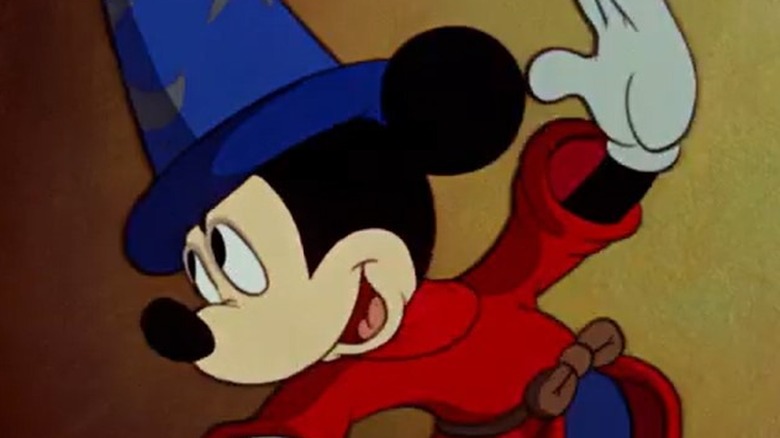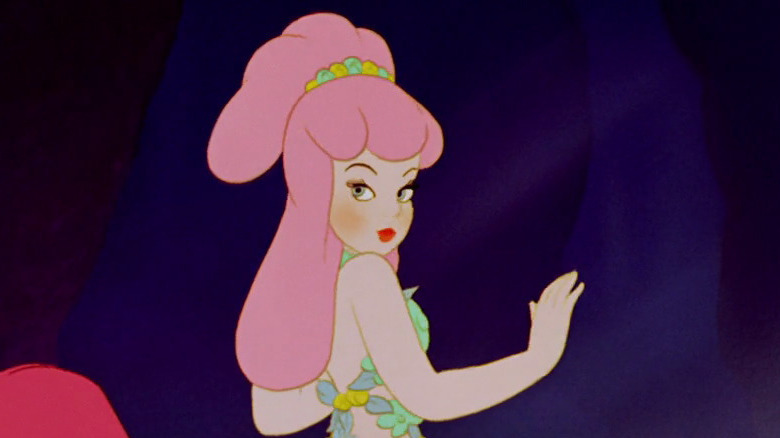The Fantasia Controversy Disney Probably Doesn't Want You To Remember
The massive media conglomerate best known as Disney has been producing animated feature films since 1937's "Snow White and the Seven Dwarfs," and many of these films continue to be popular classics today. That means parents are now showing their kids almost 90 years' worth of popular entertainment, with all the social baggage such a situation would carry with it. The world has changed a lot over the course of Disney's reign over family entertainment, and that means plenty of controversies over material that doesn't always stand up to the test of time.
One unfortunate thing about "Fantasia," Walt Disney's 1940 feature-length experiment in setting animation to classical music, is that it's the source of multiple controversies about creative choices made back in the very different world of the 1930s. Disney, however, has been pretty successful at cleaning up some of its rougher edges — so much so that you might not even remember its more controversial elements, which is exactly how the company wants it.
An unfortunate racial caricature named Sunflower was removed from the movie starting in 1969
"Fantasia" is a beautiful movie full of characters that still seem fresh and modern today, like its iconic depiction of Mickey Mouse in the segment based on "The Sorcerer's Apprentice" by Paul Dukas. But in another section of the film, based on Beethoven's "The Pastoral Symphony," animators chose to render one of the segment's centaurs (above) in the then-commonly-accepted blackface style. The subservient character, named Sunflower — as well as another similar character named Otika — can be seen in behind-the-scenes materials included in a thorough breakdown of the sequence in Cartoon Research.
Sunflower and Otika were both removed from rerelease prints of "Fantasia" starting in 1969, and of course, they aren't present in any of the film's myriad home video editions. "Fantasia" isn't the only classic Disney feature to feature outdated and offensive racial stereotypes, of course, and these and other controversial scenes have been subject to on-screen disclaimers or removed entirely on the Disney+ streaming platform. And with these two problematic centaurettes, the path of least resistance to Disney seems to be to just get rid of the characters altogether.
In an interesting tidbit that shows Hollywood's priorities at the time, when "Fantasia" was released, censors were fine with the blackface characters but concerned with toplessness, as also seen in "The Pastoral Symphony" sequence. The offending body parts were obscured by flowers before the film was completed (via Heritage Auctions).

